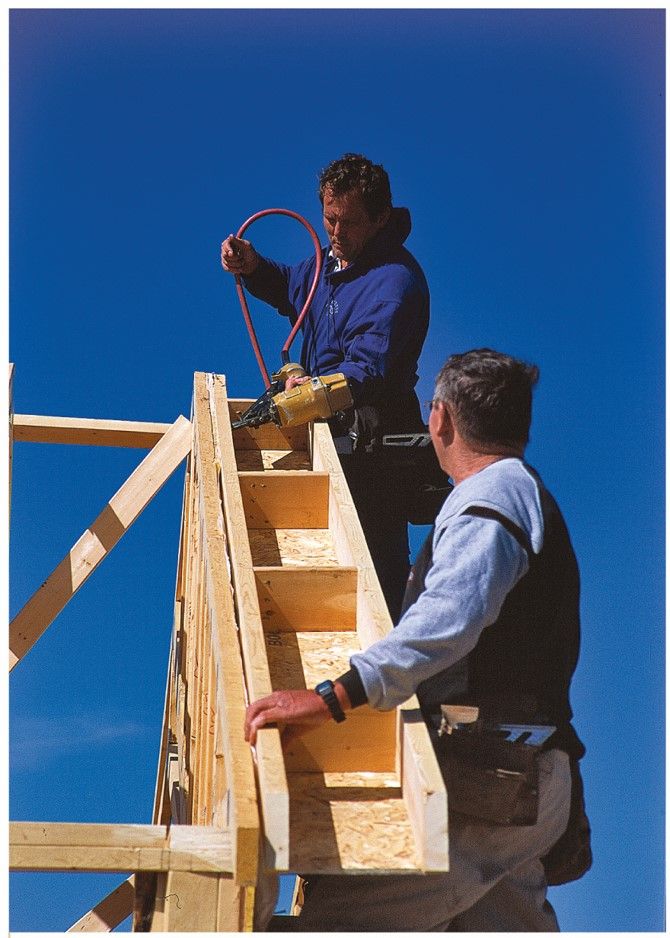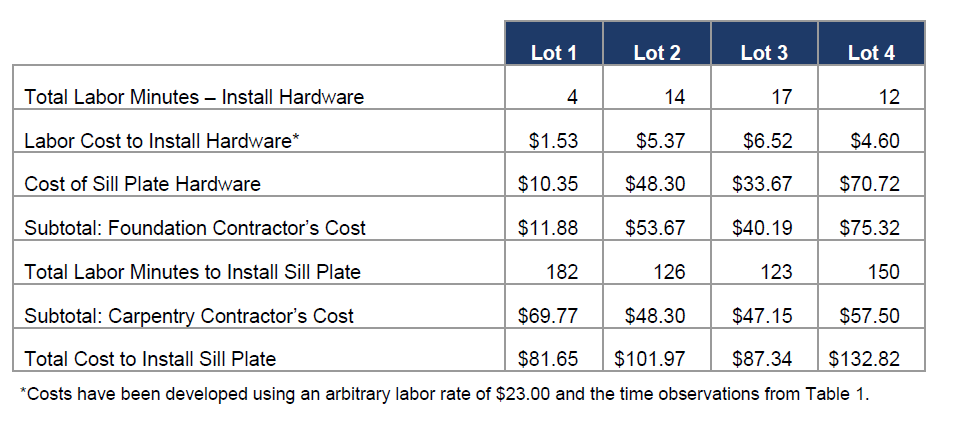
Last week an author called me. He’s writing a book and wanted to ask some questions about how I bid my projects. I told him I had actually spent a few years as a professional estimator and that “how” depended a lot on “what” I was biding. Creating cost estimates and submitting bids are two of the most critical tasks confronting the general contractor. An accurate cost estimate consumes a lot of time, requiring a careful analysis of the plans, the site, and general conditions, and then essentially building the project in your mind and tabulating costs for every operation. The bid is your guarantee to the customer and yourself that your estimate is complete and accurate.
So how can you be sure your bids are complete and accurate? If you do many different types of projects, it’s almost impossible to be sure. Some contractors rely on high markups to cover for any estimating deficiencies, but I have always found this difficult in a competitive marketplace. This is one reason I devoted most of my career to doing one thing, building spec homes, where I could construct the same buildings over and over and develop very accurate cost histories on which to base my estimates so that I could bid competitively with confidence.
Over time, the investment made in developing accurate cost histories helped me create a reliable database I could apply to other, similar projects. Cost tracking by operation, and not just trade, became a part of my accounting system so that I could develop unit prices based on my company’s resources and experience. By “operation,” I mean breaking down trade operations into phases, such as layout, wall framing, joists, sheathing, and rolling out roof trusses as discrete cost operations rather than simply developing a square-foot price for framing. These phase-by-phase cost histories not only made my estimates more accurate, but they helped me identify where my company wasted money.
Collecting Data
To have useful information for analysis, you have to become meticulous about how you collect it. For example, I knew about how many man hours it would take to frame a particular plan, and about how much it would cost, but to refine our work strategy, I had to know how many hours went into each operation, from layout to punch list. So I spent whole days on the job with a stopwatch.
This is how I figured out that we spent an inordinate amount of time building soffits around the roof. I engaged an architect to help me develop new, simplified eave and soffit details, and I challenged my carpenters to figure out a way to build these simple soffits on the ground and then simply raise them with our forklift and nail them in place. This resulted in an 18-man-hour reduction in the overall time it took us to frame a house, about $450 at the time, and the experience inspired me to do the same with every facet of construction.
This led to our redesigning several facets of construction, including having all of our framed stairways factory cut and delivered for a simple nail-in-place installation. I took it so far that an argument about which type of foundation bolts would provide the lowest-cost installation led to a formal study. We took four identical homes and used four types of foundation bolts only to determine that the standard J-bolt was least expensive–at $81.65 vs. nail-in straps at $87.34. Was this a worthwhile exercise? Maybe not, but do you know exactly how much it costs you to install foundation bolts on a given plan?
Another study proved much more valuable. We plumbed five homes–two with copper and three with PEX. Stopwatch in hand, we carefully timed each operation. It turns out that the PEX piping averaged 19.3 man hours per home whereas copper not only cost more for material, but it required an average of 36.1 man hours to plumb. In this case, the benefit went to my plumber, who immediately changed his mind about PEX and now uses nothing but.
With a stopwatch in hand, and the discipline to use it, I not only knew my costs well enough to create my estimates and bids, but I improved my operations, allowing me to become more competitive. In the end, the purpose of knowing your costs is not only so you can predict the price of a project, but so that year after year you can build with greater efficiency and growing confidence in your ability to present tight bids when necessary.
Fine Homebuilding Recommended Products
Fine Homebuilding receives a commission for items purchased through links on this site, including Amazon Associates and other affiliate advertising programs.

8067 All-Weather Flashing Tape

Handy Heat Gun

Affordable IR Camera


























